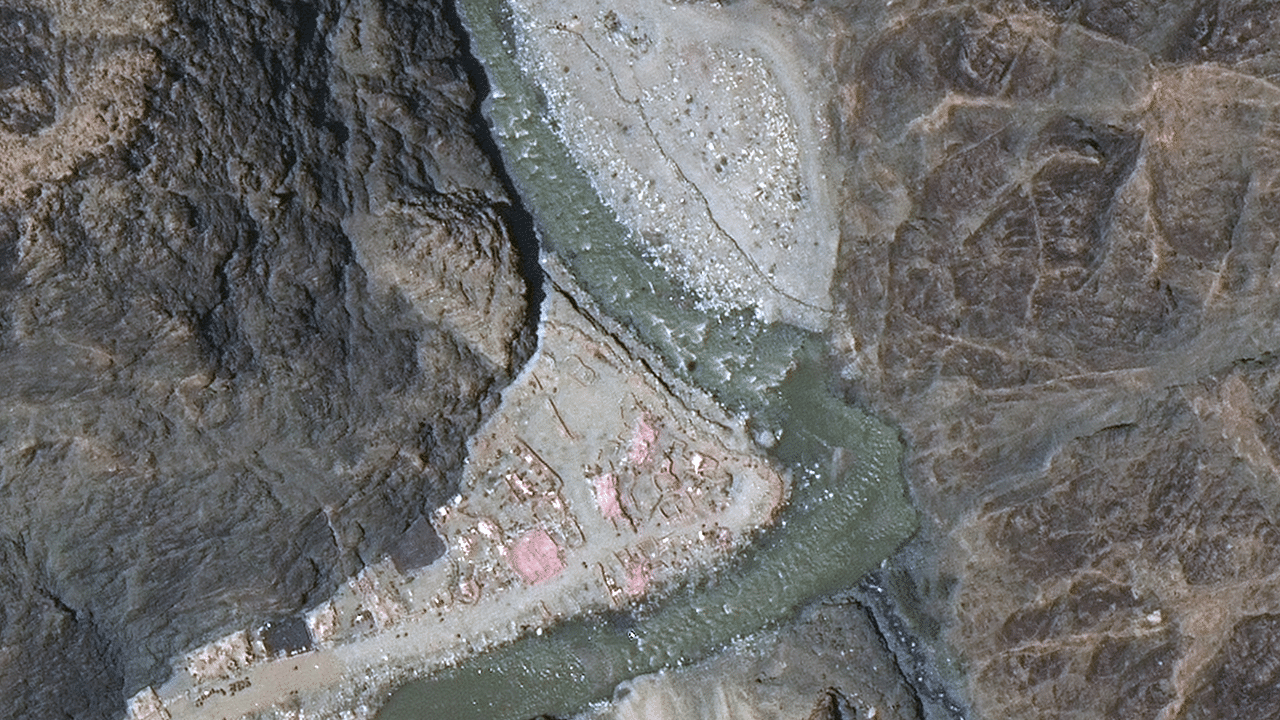
China has renamed 15 places in Arunachal Pradesh in its own language to buttress its claim on the north-eastern state of India, even as the 20-month-long military stand-off along the disputed boundary between the two neighbouring nations has not yet been completely resolved.
New Delhi reacted sharply, stating that China’s move to assign “invented names” to places in Arunachal Pradesh did not alter the fact that the state had always been and would always remain an integral part of India.
The Ministry of Civil Affairs of the Chinese Government announced on Wednesday that it had “standardized” in Mandarin Chinese characters as well as in Tibetan and Roman alphabets the names of the 15 places in Zangnan or the southern part of Xizang (Tibet Autonomous Region), the Global Times, a state-affiliated media outlet of the communist country, reported.
Beijing claims 90,000 sq kms of areas in Arunachal Pradesh of India as part of the territory of China and calls it Zangnan or south Tibet. New Delhi, however, rejects Beijing’s claim and says that the entire state of Arunachal Pradesh is an integral part of India.
The Global Times reported on Thursday that the Ministry of Civil Affairs of the Chinese Government “standardized” the names of the 15 places in south Tibet “in accordance with regulations on geographical names issued by the State Council” – the chief administrative authority of the communist country.
The 15 places, which the Chinese Government renamed, included eight residential places, four mountains, two rivers and a mountain pass in Arunachal Pradesh.
Beijing’s latest attempt to assert its territorial claim came almost four-and-a-half-years after New Delhi dismissed a similar move by China in April 2017 to rename six places in the north-eastern state of India.
The Global Times quoted the spokesperson of the Chinese Government’s Ministry of Foreign Affairs saying in February 2020 that China had never recognized Arunachal Pradesh as a part of the territory of India. It also quoted Lian Xiangmin, an expert with the China Tibetology Research Center in Beijing, stating that the Chinese Government had exercised its sovereign rights and made a “legitimate move” to standardize the names of 15 places in south Tibet.
“We have seen such reports. This is not the first time China has attempted such a renaming of places in the state of Arunachal Pradesh. China had also sought to assign such names in April 2017,” Arindam Bagchi, spokesperson of the Ministry of External Affairs (MEA), said in New Delhi.
Also Read | India-China stand-off: Not over yet
“Arunachal Pradesh has always been, and will always be an integral part of India. Assigning invented names to places in Arunachal Pradesh does not alter this fact.”
The soldiers of the Indian Army and the Chinese People’s Liberation Army (PLA) are at present engaged in a stand-off along the Line of Actual Control (LAC) – the de facto boundary between the two nations – in eastern Ladakh.
Though the two sides mutually withdrew front-line troops from the northern and southern banks of Pangong Tso (lake) in February and from the Gogra Post in August this year, they could not yet agree on disengagement in other remaining face-off points along the LAC.
The recent incursion attempts by the Chinese PLA soldiers in Uttarakhand and Arunachal Pradesh fuelled speculation about the possibility of the stand-off along the LAC in the western sector spreading to the middle and eastern sectors too.
Just as its Maritime Police Law and Maritime Traffic Safety Law signalled its intent to aggressively assert its expansive claims on South China Sea and East China Sea, China’s new Land Border Law, which will come into force on January 1, too indicates its resolve to manage its demarcated boundaries with other nations and seek settlement of the boundary disputes with India and Bhutan on its own terms.
Its emphasis on development of villages and towns in the border areas and role of civilians in protecting sovereignty and territorial integrity clearly indicates that China would expand settlements all along its disputed boundaries with India and Bhutan.
There have been reports about China building villages in areas it illegally occupied in Bhutan as well as in Arunachal Pradesh in India.
The new law apparently seeks to legitimize China’s use of the civilian settlement to buttress its territorial claims along its disputed boundaries with India and Bhutan.
The Article VII of the 2005 India-China agreement on Political Parameters and Guiding Principles for Settlement of the Boundary Question says that the two sides shall safeguard interests of settled populations in the border areas while clinching a deal to resolve the boundary row.
Check out DH's latest videos
